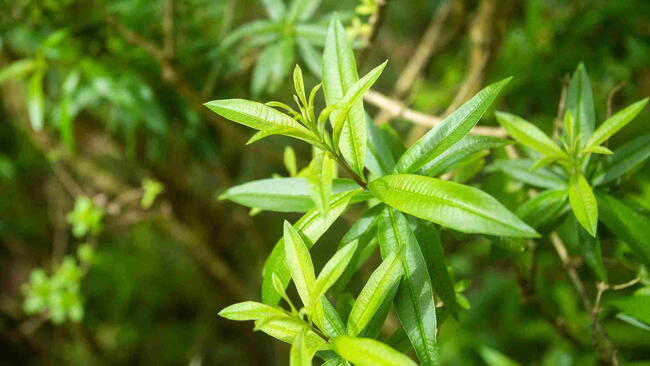
Photo Credit
Sarangib
Subhead
Planting, Growing, and Harvesting Lemongrass
Read Next
Types
There are more than fifty Cymbopogon family members, but just two are used as lemongrass, according to the University of Wisconsin Extension. These two main types are:
- C. flexuosus, which is known as East-Indian lemongrass, cochin, or Malabar grass. It can be used for cooking, but C. Citratus is more popular for culinary use.
- C. citratus, known as West-Indian lemongrass, is more commonly used for cooking.
Gardening Products
Cooking Notes
Lemongrass tea is often used to aid sleep and is known to lower blood pressure.
- To make lemongrass tea, add a few smashed stalks and leaves to a pot of water and simmer for 15 minutes with the lid on. Remove from heat and allow to steep for 10 more minutes with the lid on. Remove or strain the lemongrass, and drink!
Add lemongrass when cooking sauces, stews, curries, and other dishes.
- You can simply smash up the stalk and add it to rice when boiling it or to various sauces. You have to really smash it up to release the flavor. Then, fish out the stalks before you serve the dish.
- However, you will also find dishes that include lemongrass; usually, you’ll trim the stalk’s outer layer, cut off the root, and grate the stalk finely. Just Google “lemongrass chicken” or another dish!
- Note: The herb is not recommended for pregnant women.
More Like This
hi just read your article about lemon grass, i was wondering if theres an obvious visual between the 2? I have one in a pot for a few yrs but will be putting in ground this yr cause my friend has one n hers is fluffy while mine looks like is molting lol.when i read about the stalks i didnt even know that, so i had to double check mine cause always thought it was just blade leaves from the bottom. so YEA mine has supper skinny little ones more water needed too. yea so just wanna know if thers a difference between the 2 so if my friend has a different one ill be getting some from her thnk you evie











Comments